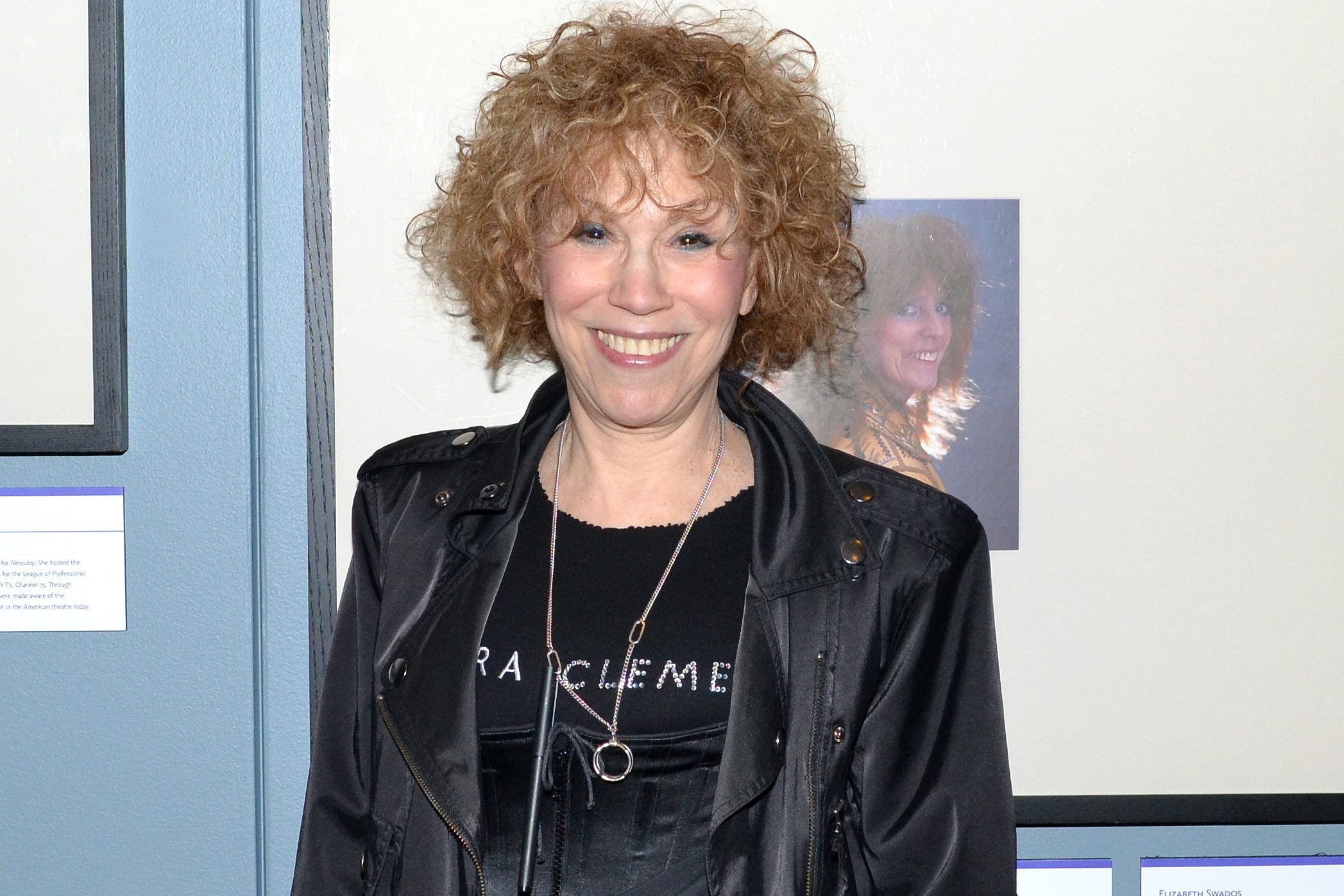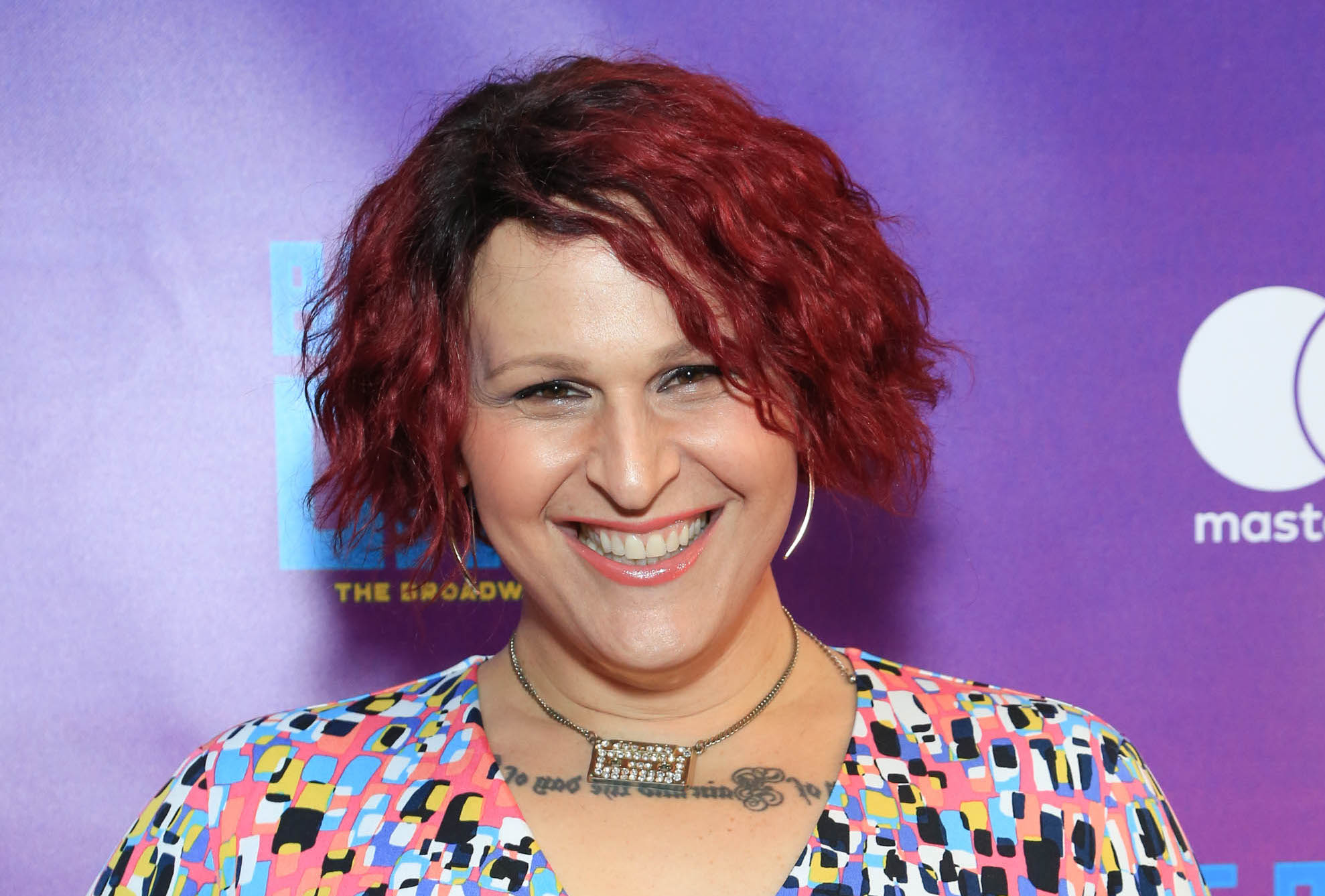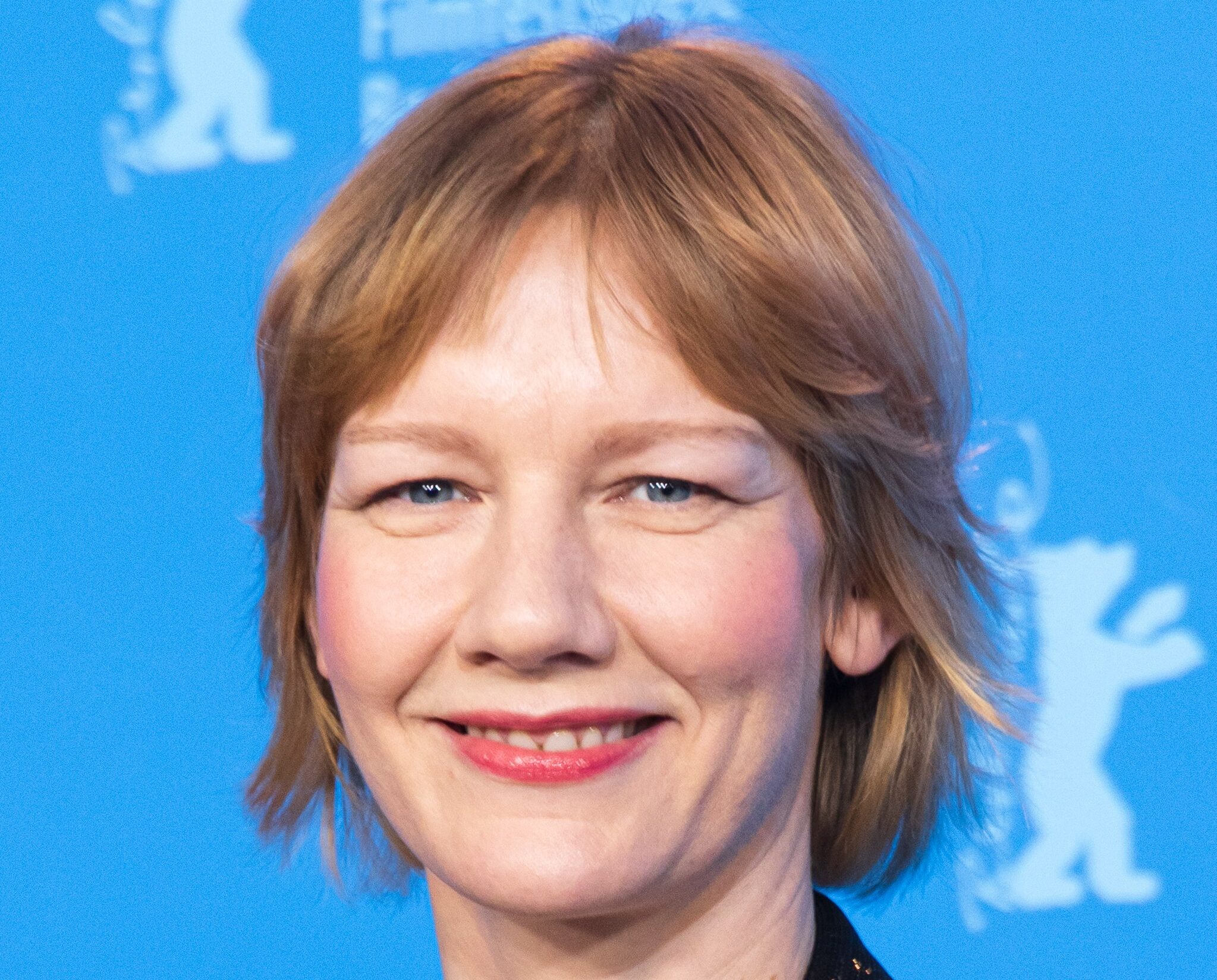A Closer Look at…Boston

in The Birthday Party
(Photo © Richard Feldman)
Decades have passed since Boston regularly served as a tryout town for Broadway. It still happens — just very rarely. More common these days are instances of inter-city poaching, when home-grown productions are picked up and imported whole. Regardless of whether the Great White Way pays attention, the local theater scene is definitely on a roll; from marginal black-box spaces to established institutions of national renown, the action never stops. And the public’s enthusiasm for live theater is such that several brand-new theater complexes are under construction to meet the ever-growing demand.
********************
The Two Titans
Like beacons straddling the Charles River, the American Repertory Theatre in Cambridge (founded in 1980) and the Huntington Theatre in Boston (1982) set a shining example for all of the lesser lights. Typically, theaters under an academic aegis — the A.R.T. is part of Harvard while the Huntington belongs to Boston University — could be expected to exhibit a certain stodginess and, perhaps, to promote student work at the expense of excellence. But on the contrary, both of these are bold, world-class institutions. In fact, Time magazine dubbed A.R.T. the third best theater in the nation last year.
Under the direction of Robert Brustein (formerly of Yale), the A.R.T. — housed in the magnificent, modern Loeb Drama Center on campus — gained a reputation as an avant-garde stronghold and a showplace for the country’s most promising writers, directors, and actors. (Its repertory company has fostered such future stars as Mark Linn-Baker, Cherry Jones, and Tony Shalhoub). If longtime subscribers had any complaint, it might have been that a steady diet of outré productions can itself grow stale — enough with the Molière in studded black leather! But new artistic director Robert Woodruff, who assumed the creative reins in 2002, has brought a fresh eye to the company and ushered in some dazzling new talent. Upcoming shows include The Birthday Party as interpreted by JoAnne Akalaitis and Woodruff’s own take on Oedipus.
Any theatergoer displeased with A.R.T.’s shenanigans could always find refuge at the Huntington — which, though thoroughly professional and often stellar, toed a more staid line. That policy appears to have paid off: attendance figures here are about 30 percent higher than at the Harvard company. The Huntington inhabits a plush 1925 Greek Revival theater near Symphony Hall and will soon have a satellite venue. Like the A.R.T, the company is experiencing a renaissance. New artistic director Nicholas Martin has been making good use of his Broadway ties; for example, a casual conversation snagged him Nathan Lane as Butley last fall.
********************

The Urban Core
Usually, the place to catch big stars is within Boston’s main theater district — which, over the past two decades, has sloughed off its sleazy sobriquet, the “Combat Zone.” Broadway in Boston houses its traveling shows in a quintet of wonderful old theaters: the 3,800-seat Wang (built in the ’20s as a movie palace); its 1914 neighbor, the Wilbur; the 1920 Shubert; the 1903 Cutler Majestic Theatre (beautifully restored by Emerson College as the centerpiece of its urban campus); and the oldest survivor, the 1900 Colonial. These midsize spaces (1,200-1,700 seats) afford a perfect mix of grandeur and intimacy.
Also tucked into this neighborhood are a couple of venues dedicated to what Variety calls “sit-down shows” — revues that settle in for profitable open-ended runs. At the Charles Playhouse, which morphed from an 1839 Universalist Church, Shear Madness has been playing for a Guinness Record-breaking 18 years and the Blue Man Group has been in residence half that time. A new contender — the Stuart Street Playhouse/2nd Stage, housed in the Radisson Hotel — is hoping to enjoy similar longevity with a Jacques Brel revival.
The best news to hit downtown in ages is that Clear Channel Entertainment has embarked on an ambitious restoration of the 1928 Opera House, dark since 1990; it’s set to reopen this summer with The Lion King. Meanwhile, in the South End, the Huntington and the city-supported Boston Center for the Arts, a longtime incubator of cutting-edge theater, are putting finishing touches on the Theatre Pavilion. This $30-million complex will encompass a 350-seat proscenium theater and a 200-seat flexible-use theater wherein the Huntington plans to develop new American plays.
Over the past 34 years, the BCA’s own trusty trio of basic black-box spaces have spawned all sorts of brave new work. Each year, some 20 companies present dozens of productions, and four of them enjoy a supportive residence arrangement. Current occupants include the Súgán Theatre Company, which specializes in Celtic works and has enjoyed particular acclaim of late for the Baile trilogy by B.U. Graduate Playwrighting Program alum Ronan Noone; The Theater Offensive, dedicated to presenting “the diverse realities of queer lives”; the Pilgrim Theatre Company, whose mandate is intercultural exploration; and SpeakEasy Stage, a 10-year-old enterprise whose many regional premieres are both provocative and polished (as is its current production of Jason Robert Brown’s The Last 5 Years).
The same can be said for the Lyric Stage Company, Boston’s oldest surviving professional endeavor at a mature 30 years. It continues to offer exciting work — a mix of new material and classics — in a spacious theater carved out of a YWCA.
Fledgling companies like the four-year-old Boston Theatre Works often alight at the Boston Playwright’s Theatre, a studio space established at B.U. in 1981 by Nobel Laureate Derek Wolcott. The Nora Theatre Company, a 17-year area veteran, has been camping out there while awaiting the projected 2005 completion of the Central Square Theater in Cambridge, which MIT is building in an 1806 Federal row house; Nora will share the space with the Underground Railway Theater, devoted for 25 years to cross-disciplinary works that promote social change. Meanwhile, Harvard Square will soon be home to the built-from-scratch, 350-seat Market Theater at Zero Arrow Street; here, according to Greg Carr of the Carr Foundation (a nonprofit organization dedicated to human rights education and the arts), the code word will be “edgy.”
In neighboring Somerville’s hip Davis Square, a nationally recognized political comic took over a 200-seat basement theater in 2002. In its brief history, Jimmy Tingle’s Off-Broadway Theater has hosted drama, improv, children’s theater, and all sorts of community benefits. It recently opened a well-received “sit-down” production of its own, Flanagan’s Wake, which should insure a steady income stream; the original has been playing in Chicago since 1994.
********************

and Vladimir Aseneta in The Shape of Things
(Photo © Danielle Fauteux Jacques)
Power Players on the Periphery
Oddly enough, some of the strongest work being done in the area takes place in far-flung suburban enclaves. (As an analogy, imagine a New Yorker saying, “Let’s head out to Bronxville to catch some really exciting fare!”) Greater Boston, with its over-educated masses, manages to support over a half-dozen superb Equity enterprises at its moneyed fringes. In fact, the North Shore Music Theatre in Beverly can boast attendance figures equal to the A.R.T.’s and the Huntington’s combined: About 300,000 spectators a year flock to this theater-in-the-round in a sylvan setting. Throughout its 50-year history, the NSMT has always favored musicals and it has recently redefined its mission — with help from an N.E.A. grant — to focus on developing new ones. Next up is Tom Jones by British composer George Stiles, whose Honk! won the 2000 Olivier Award.
The New Repertory Theatre is also having terrific success with musicals: Last year’s Sweeney Todd and this year’s Threepenny Opera drew sell-out crowds and required extended runs. For the past 20 years, the company has occupied a church nave in Newton that grew all the more cramped once Rick Lombardo took over as artistic director in 1996 and started shaking up and expanding the audience base through the presentation of riskier contemporary fare. The solution? Yet another new venue: the 380-seat Mosesian Theater at the Watertown Arts on the Charles complex (within a former arsenal), where New Rep will soon reign as the resident company.
Twenty-five years ago, playwright Israel Horowitz took over a former fish processing plant to create the summers-only Gloucester Stage Company. It’s still going strong, featuring his and other modern works; in fact, it’s the Gloucester Jacques Brel that transferred downtown. The Merrimack Repertory Theatre has also survived — and thrived — for a quarter-century in the industrial town of Lowell (birthplace of Jack Kerouac). During its most recent, seven-play season, it mounted six regional premieres.
Not to be outshone by its academic peers, Wellesley College has for the past six years supported the small-scale Wellesley College Summer Theatre, which actually operates year-round. Here, director Nora Hussey is creating superb, character-driven chamber theatre as exemplified by After Mrs. Rochester, plucked fresh from its world premiere in London’s West End.
If you want further proof of the robust health of the current Boston scene, you have only to look to feisty amateur outfits like TheatreZone, housed in a former Oddfellows Hall in working-class Chelsea. Or you could look to a fully professional newcomer like the Stoneham Theatre. Installed three years ago in a derelict silent movie house on the outskirts of Boston by a community of stone theater lovers, this startup has already mounted some 20-odd productions, including a handful of premieres (regional to world), and has secured a solid audience share; at 38,000-plus customers a year, it’s become a player of the first rank. Right now, Boston seems to be bursting with such “made good” stories.










